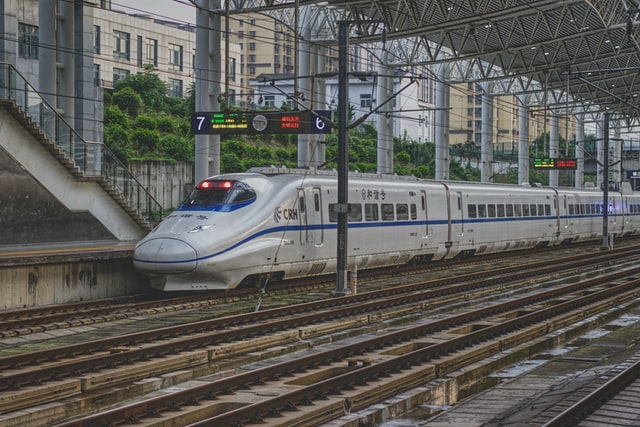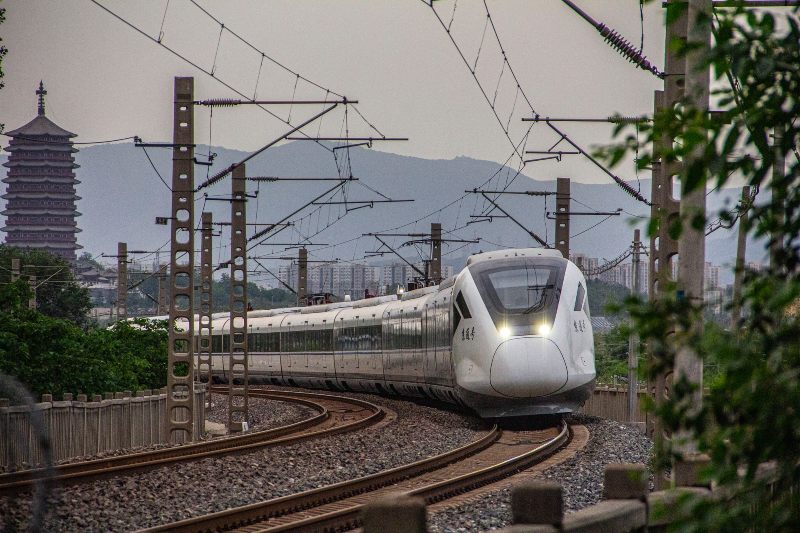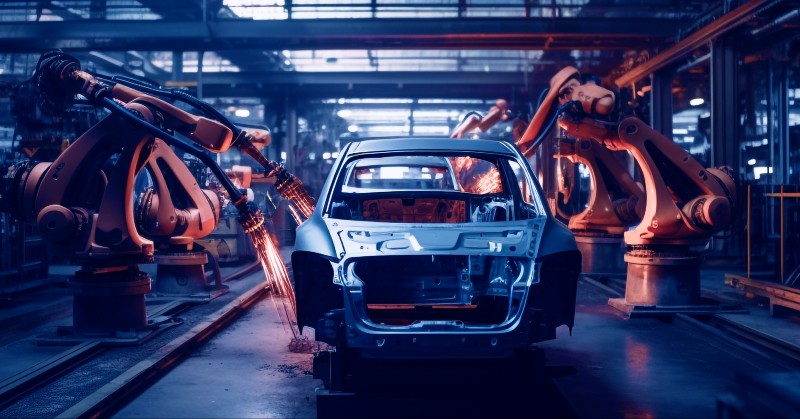China has just revealed what is said to be the “world’s fastest bullet train” in Qindgao, a major city in Shandong province. As reported by CNN, the high-speed train can reach a speed of 600 kilometers an hour and uses “maglev” technology—“magnetic levitation” through an electromagnetic force that makes it look as though it is floating above the tracks. This prototype, which joins the country’s other maglev train operating in Shanghai, is set to be the latest innovation to fulfill China’s goal of 200,000 kilometers of railways by 2035.
Traveling by high-speed train is a necessity in the country: speedy travel is helping to connect metropolitan and industrial areas with more rural provinces and reduces the time and cost of mobility in the world’s most populous country. As China leans more into domestic-led planning and development for its railway lines, further advancements in science and technology are set to create another breakthrough for train travel: railway automation.

Expanding into Automation
China’s high-speed railway system has a long and storied history dating back to the 1990s. The industry started gaining traction when the country’s first high-speed rail train began operating in 2008 with the Beijing-Tianjin line. High-speed rail within China is defined by the Ministry of Railways as dedicated rail lines designed for electrical multiple unit (EMU) train sets with a required speed of at least 200 kilometers per hour.
As of late 2020, China’s high-speed railway map spans over 27,000 kilometers in length and connects almost all the country’s provinces as the world’s longest and busiest railway network. According to the Global Times, the Beijing-Shanghai line, one of the country’s largest railway lines, has carried 1.35 billion passengers in its first ten years of operation.
China is now looking to expand its current railway technology to focus on automation. Ahead of the 2022 Winter Olympics, the country has begun operation of its first “smart” high-speed railway that links Beijing and Zhangjiakou, where the games’ skiing events will be held. Fully automated and self-driving, the train line is 174 kilometers long and features a maximum speed of 350 kilometers per hour.
Even the country’s metro train lines are adopting automation technology—earlier in 2021, a new metro train operating between Zhengzhou Airport and Xuchang in Henan Province was introduced, with a speed of 120 kilometers an hour and boasting a Level 4 Grade of Automation (GoA).

Advancements in technology play a vital role in evolving China’s HSR system. Robotics, in particular, is a driving force in the overall Chinese economy and can be a major growth driver for the railway system in years to come.
In the YCP Solidiance white paper How is COVID-19 Shaping China’s Robotics Industry? the importance of industrial and service robotics is emphasized in today’s climate. Digitalization in all its aspects is becoming the new norm in all business industries. As domestic railway manufacturing ramps up, AI, machine learning, and similar technological innovations will also become the norm in these high-speed trains for years to come. An example is facial recognition, which will be deployed in the automated Olympics trains to help ensure safety and security. Potential investors and partners within this space must shift their ideas towards prioritizing these segments.
To learn more about the latest business developments across Asia, subscribe to our newsletter here.







